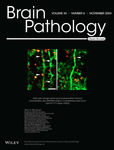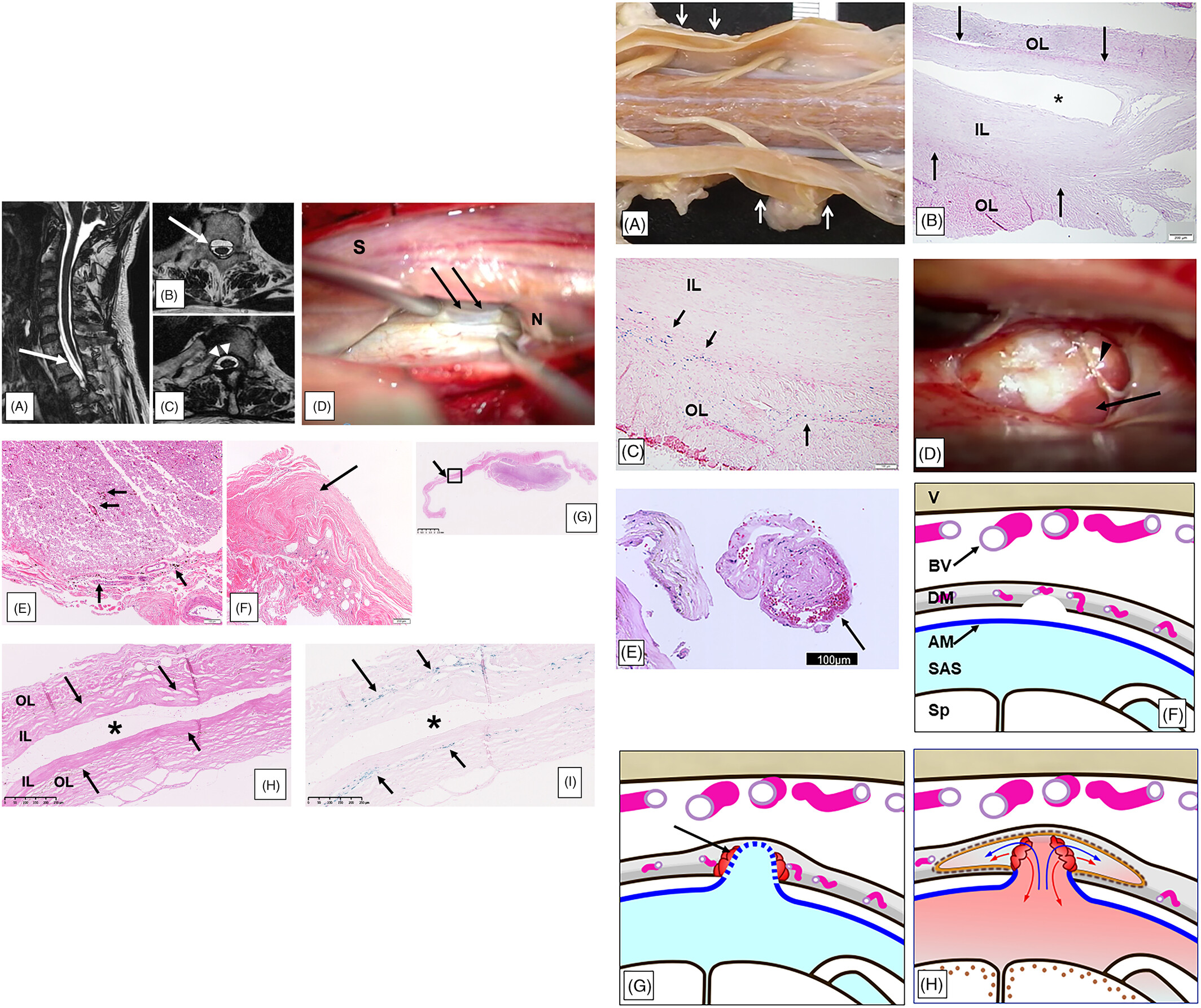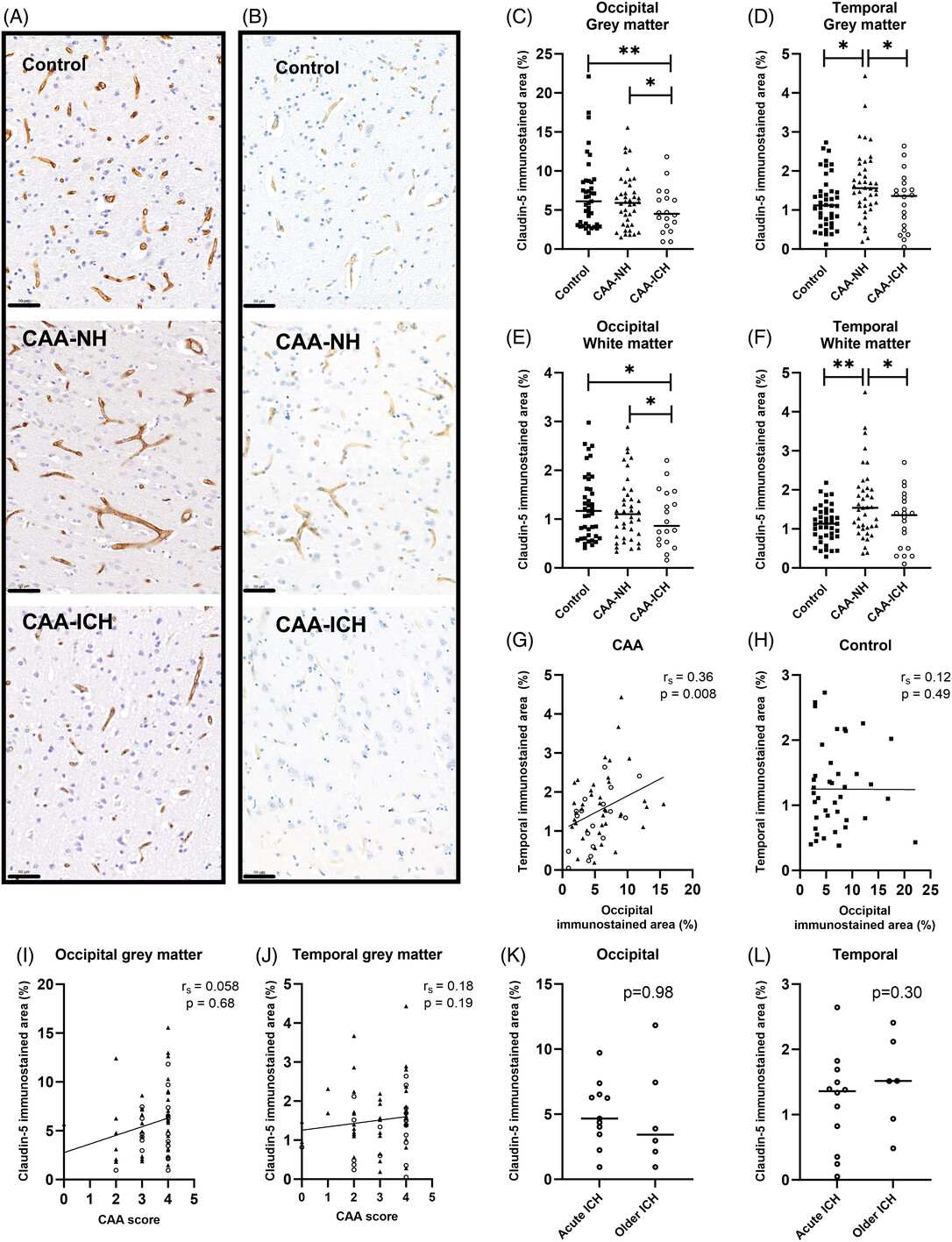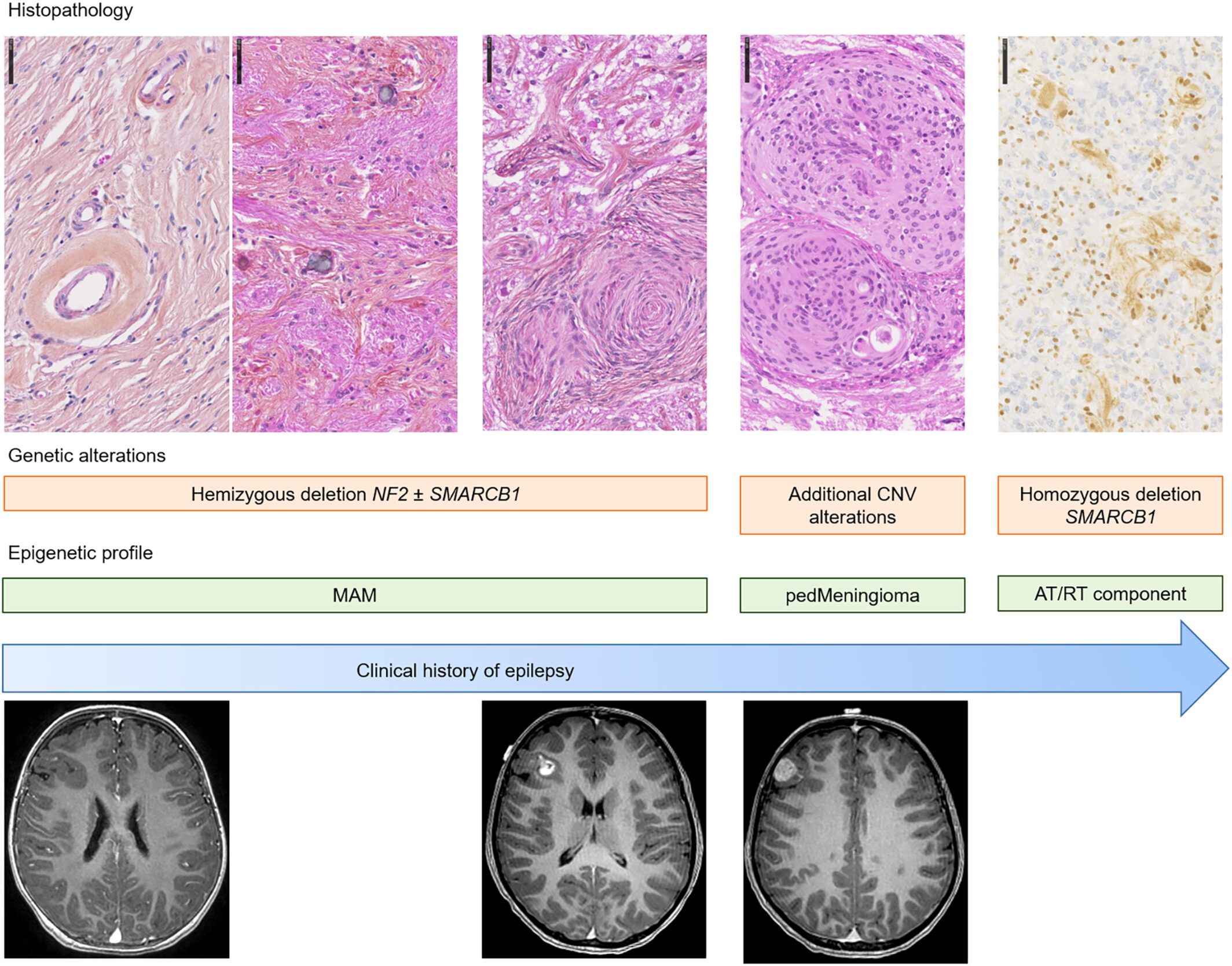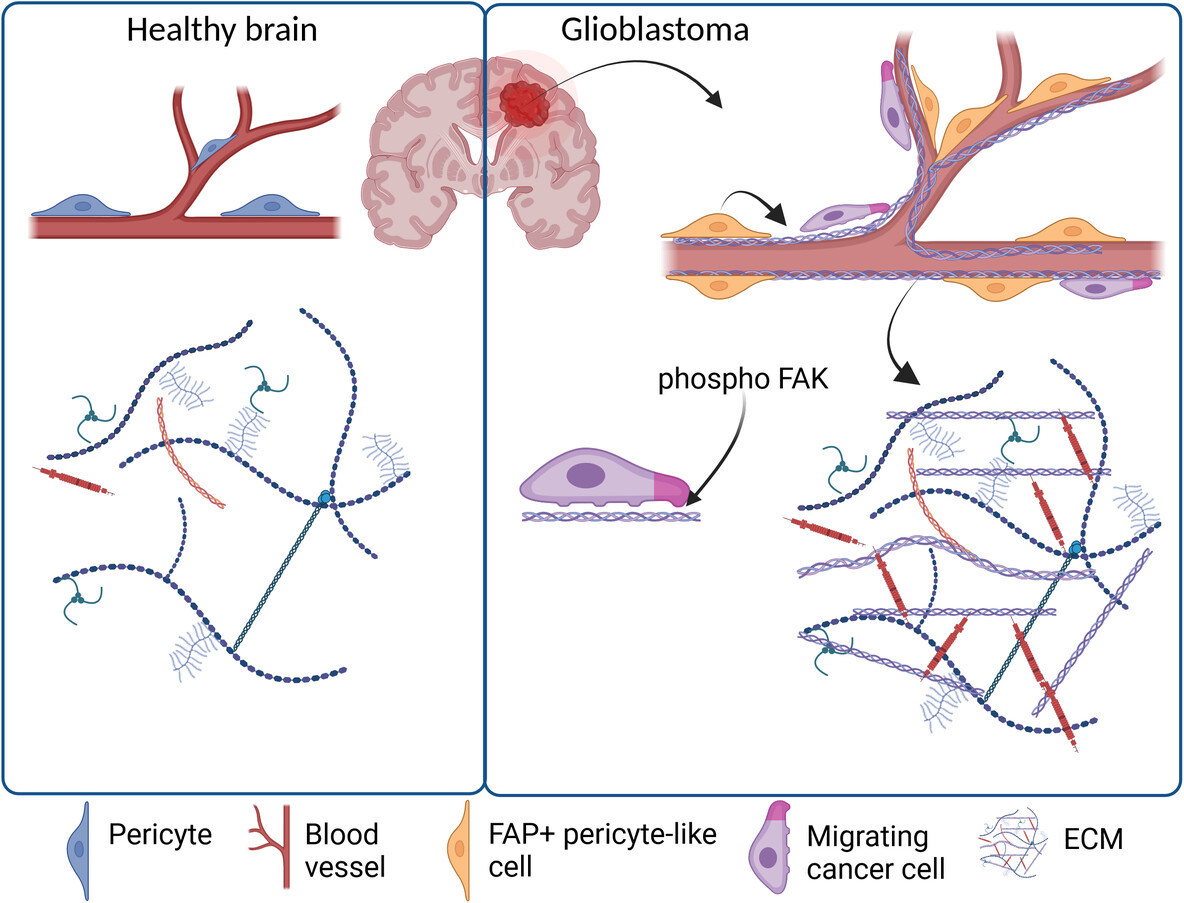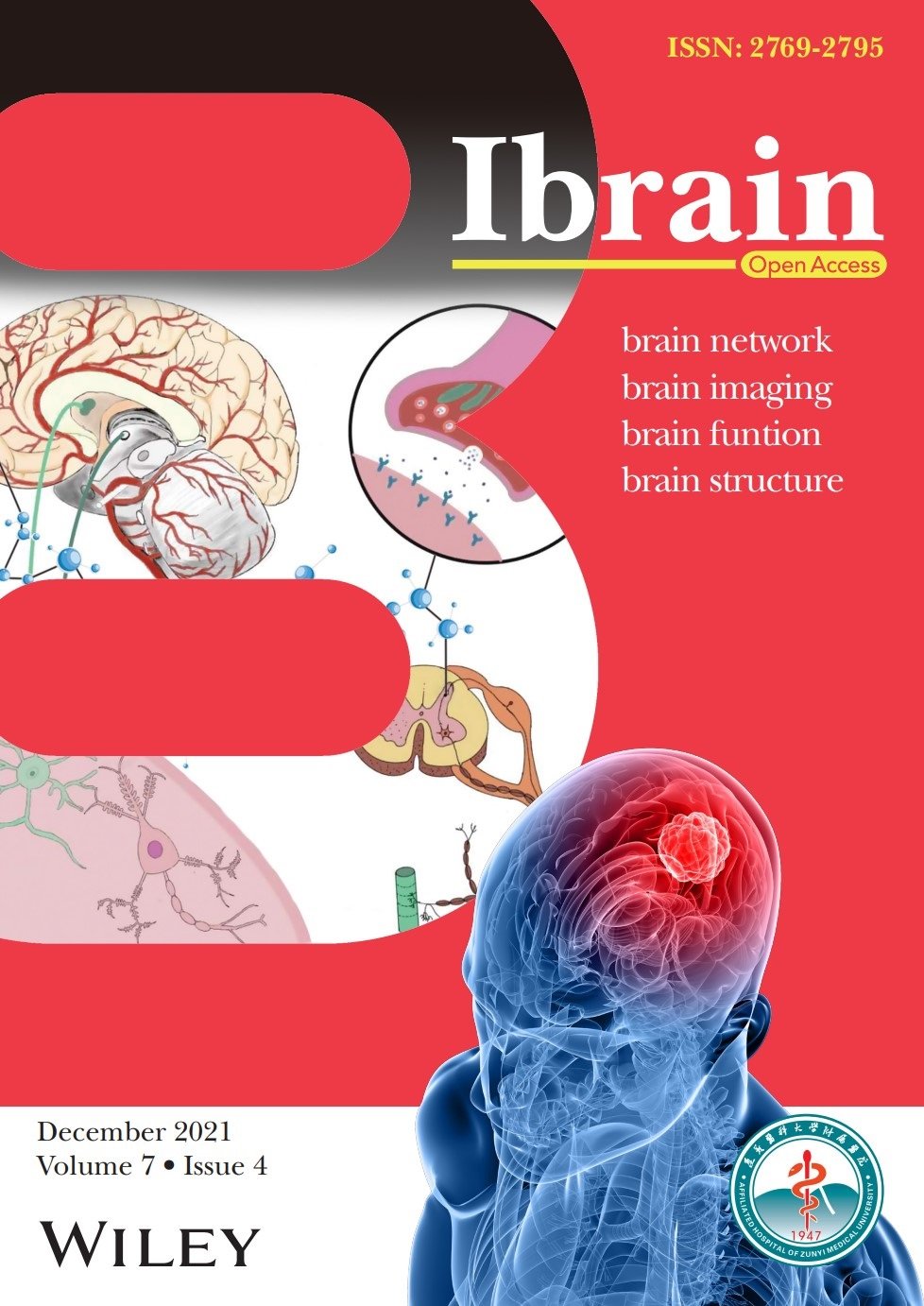Journal list menu
Export Citations
Download PDFs
ISSUE INFORMATION
RESEARCH ARTICLE
Comparing GBA1-Parkinson's disease and idiopathic Parkinson's disease: α-Synuclein oligomers and synaptic density as biomarkers in the skin biopsy
- First Published: 01 September 2024
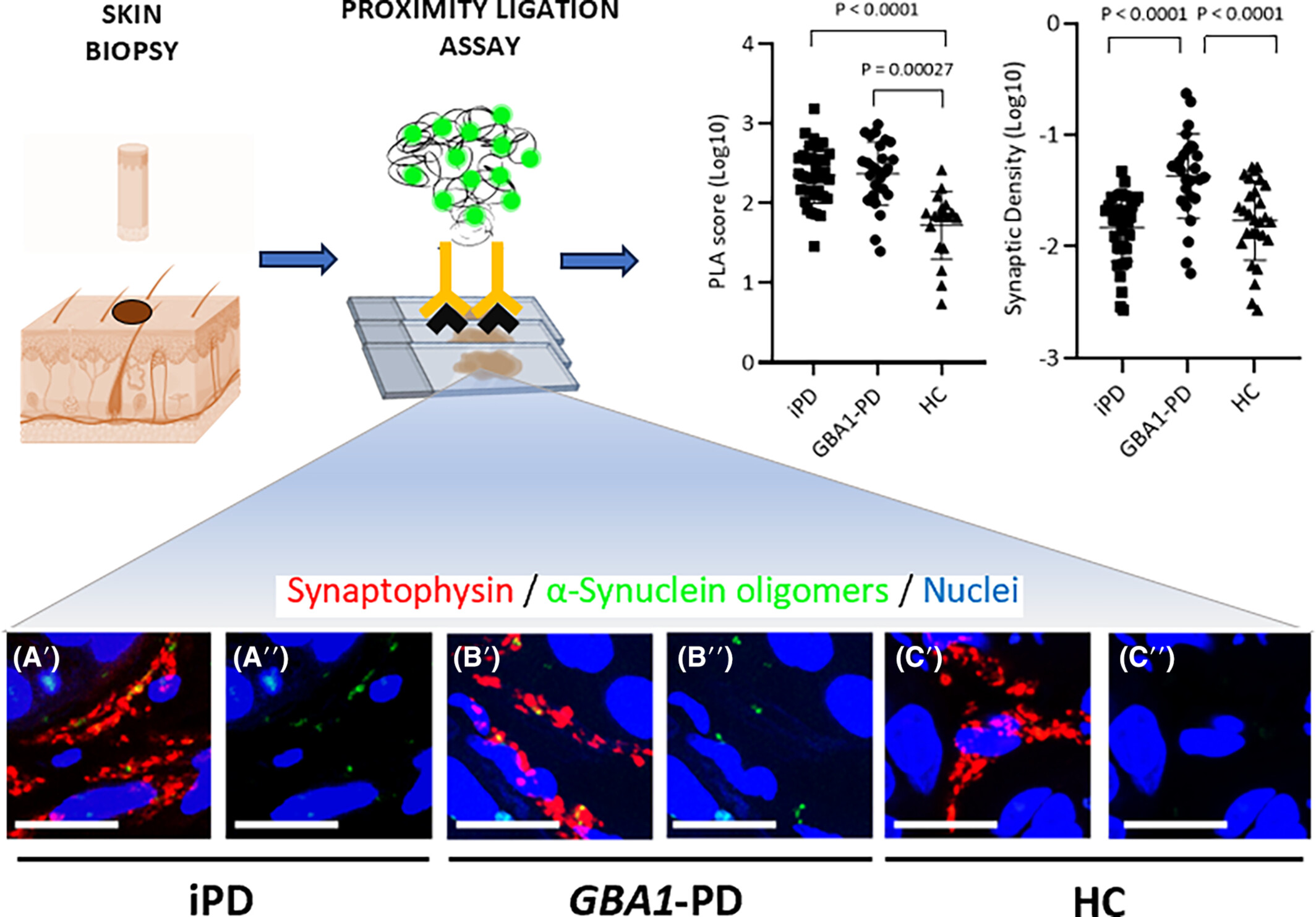
Searching for a peripheral and quantitative biomarker, this cross-sectional study investigates an unexplored cohort of GBA1-PD compared to healthy controls (HC) and idiopathic PD (iPD) cases. We demonstrate that α-synuclein oligomers, expressed as proximity ligation assay (PLA) score in synaptic terminals of skin biopsy, distinguish both iPD and GBA1-PD from HC, whereas the increase in the synaptic density identifies GBA1-PD. These biomarkers have the potential to stratify and monitor patients in the context of new pathway-specific therapeutic options.
Visualizing alpha-synuclein and iron deposition in M83 mouse model of Parkinson's disease in vivo
- First Published: 09 July 2024
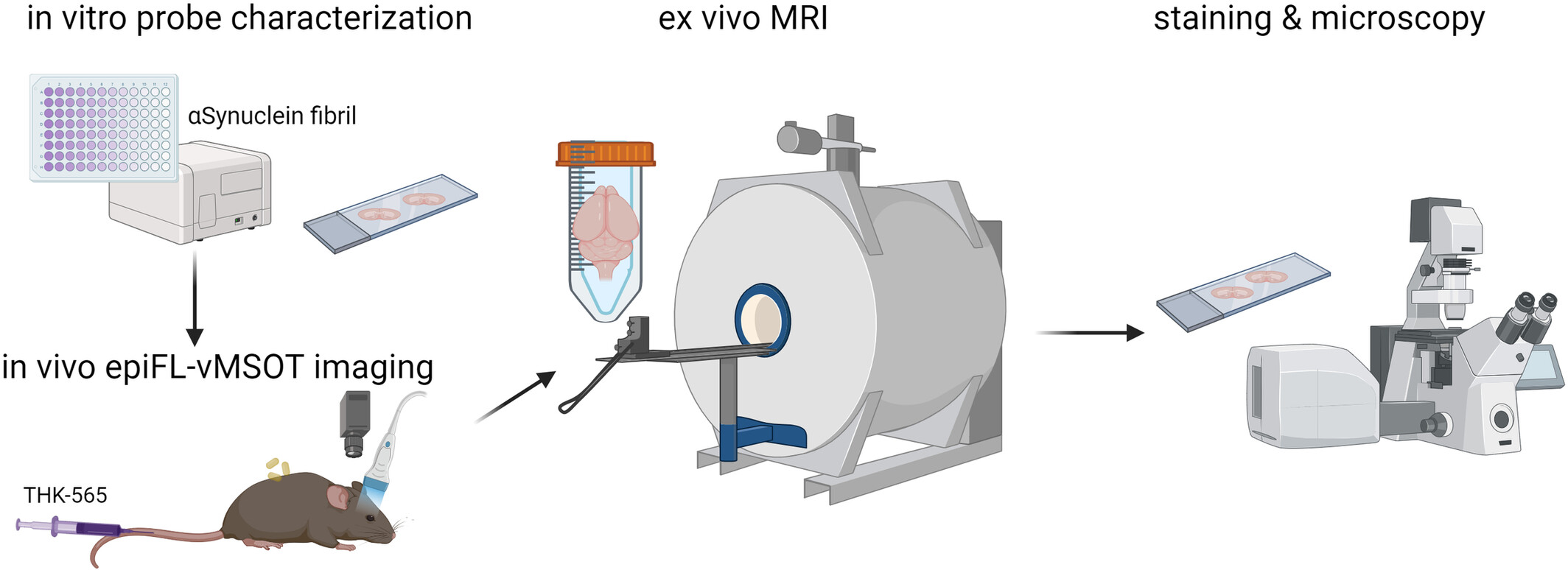
Imaging alpha-synuclein and iron in M83 mouse model of Parkinson's disease. Workflow included in vitro characterization of imaging probe (THK-565), in vivo epifluorescence (epiFL)-volumetric multispectral optoacoustic tomography (vMSOT) imaging, ex vivo high-field magnetic resonance imaging (MRI) and ex vivo staining validation and microscopy (image created with Biorender.com).
RESEARCH LETTER
Spinal intradural pseudocyst formation in central nervous system superficial siderosis
- First Published: 09 May 2024
Decreased microvascular claudin-5 levels in cerebral amyloid angiopathy associated with intracerebral haemorrhage
- First Published: 19 May 2024
RESEARCH ARTICLE
Astrocytic phagocytosis in the medial prefrontal cortex jeopardises postoperative memory consolidation in mice
- First Published: 07 March 2024

Anaesthesia and surgery activated astrocytic engulfment of hippocampal neuronal axon terminals in the mPFC and caused connectivity damage from dorsal hippocampus to mPFC and consequently impaired memory consolidation (created with bioRender.com).
Oligodendrocyte progenitor cells' fate after neonatal asphyxia—Puzzling implications for the development of hypoxic–ischemic encephalopathy
- First Published: 19 March 2024
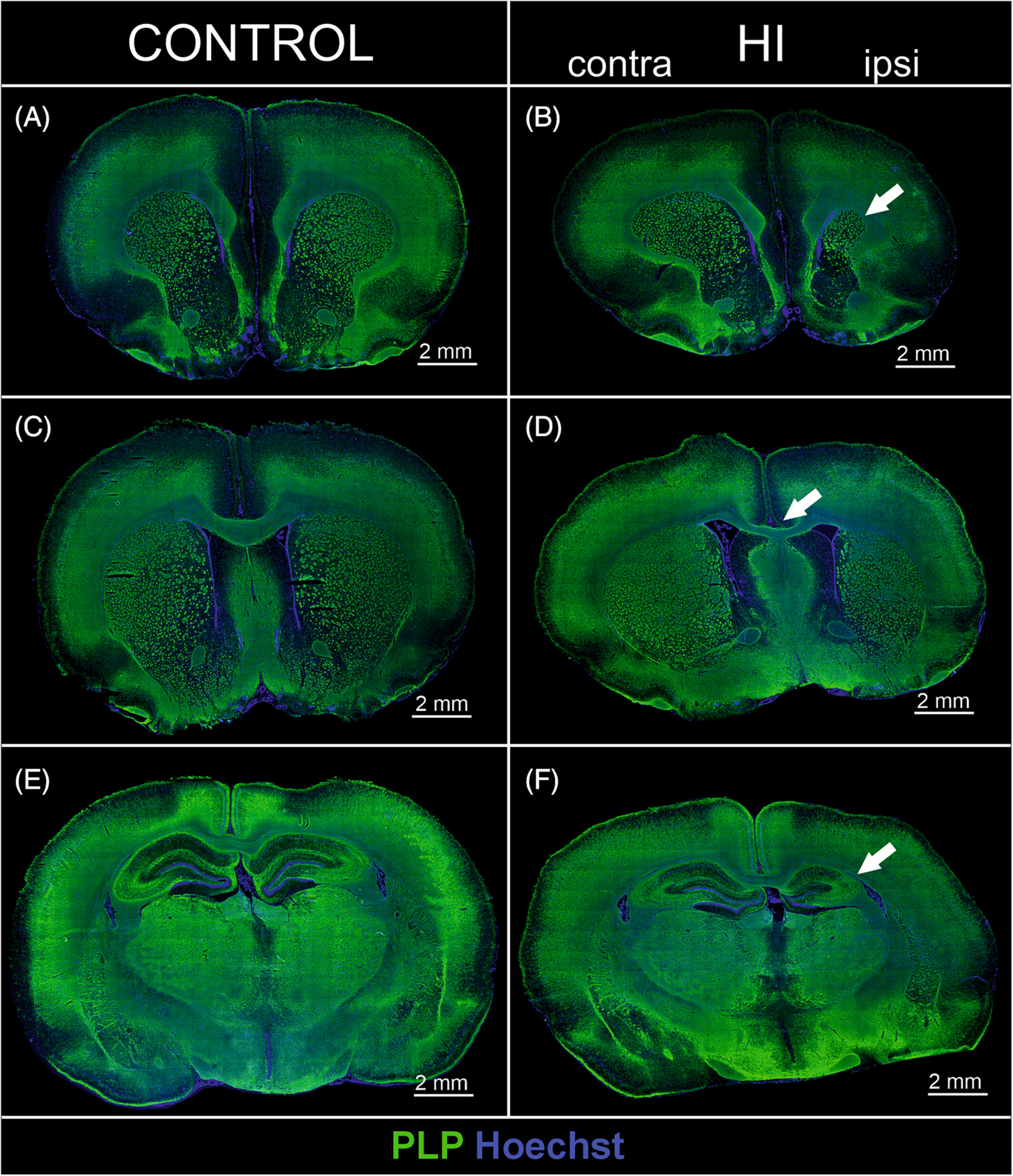
This study presents the effect of neonatal hypoxia–ischemia on white matter development. Study was conducted with different imaging techniques on rat model of the injury, providing evidences that oligodendrocyte differentiation or maturation in hypoxic–ischemic brain is affected. Results were supported by studies on an in vitro model using primary rat oligodendrocyte progenitor cells.
NAB2::STAT6 fusions and genome-wide DNA methylation profiling: Predictors of patient outcomes in meningeal solitary fibrous tumors
- First Published: 24 March 2024
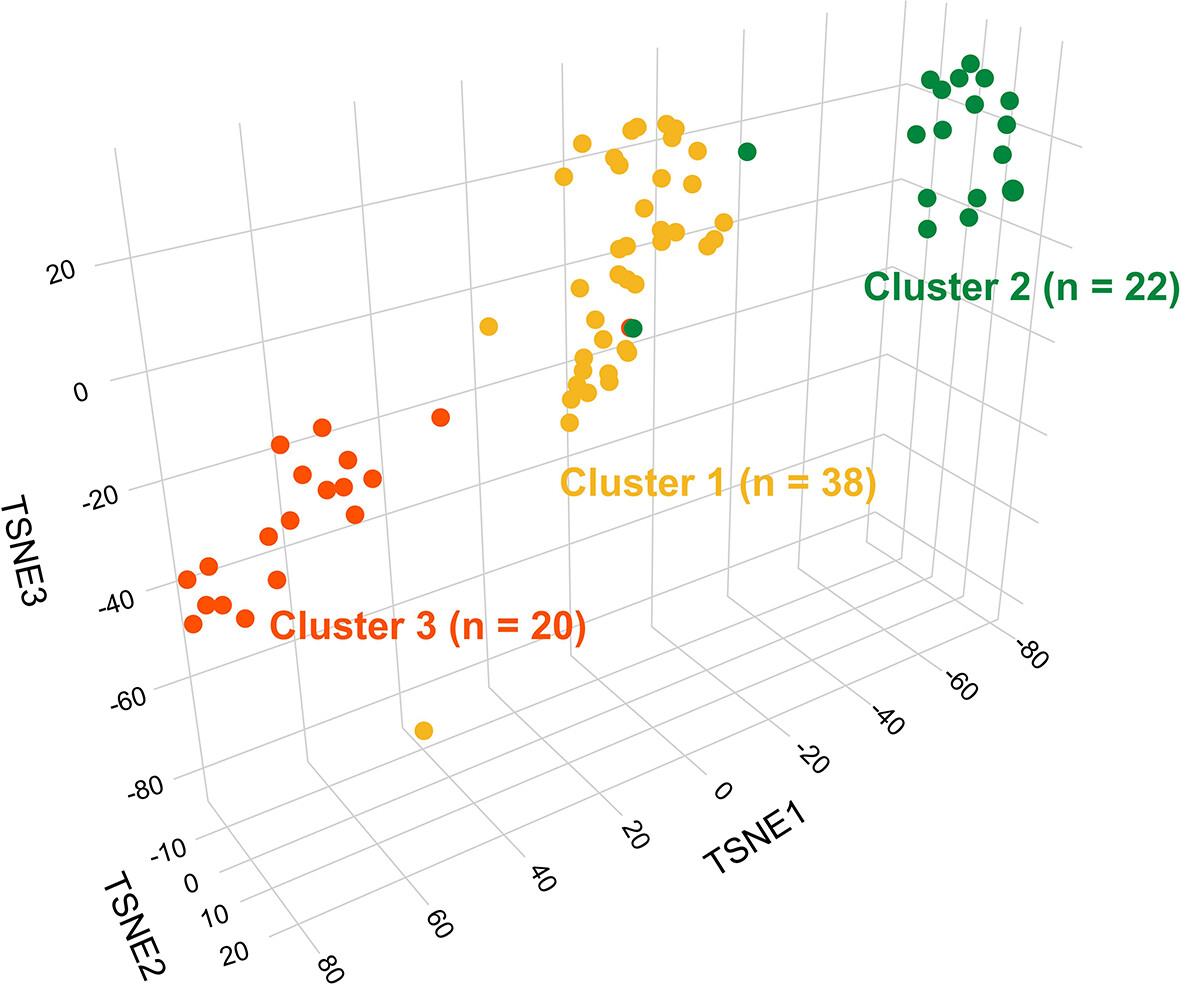
Comprehensive molecular characterization of a cohort of 126 pathologically confirmed meningeal solitary fibrous tumors, including DNA methylation profiling, revealed the presence of three distinct methylation clusters: Cluster 1 (n = 38), Cluster 2 (n = 22), and Cluster 3 (n = 20). These methylation clusters were significantly associated with NAB2::STAT6 fusion breakpoints (fusion type), TERT promoter mutation status, histologic phenotype, and metastasis-free survival.
A comprehensive histomolecular characterization of meningioangiomatosis: Further evidence for a precursor neoplastic lesion
- First Published: 02 April 2024
Detection of pTDP-43 via routine muscle biopsy: A promising diagnostic biomarker for amyotrophic lateral sclerosis
- First Published: 11 April 2024
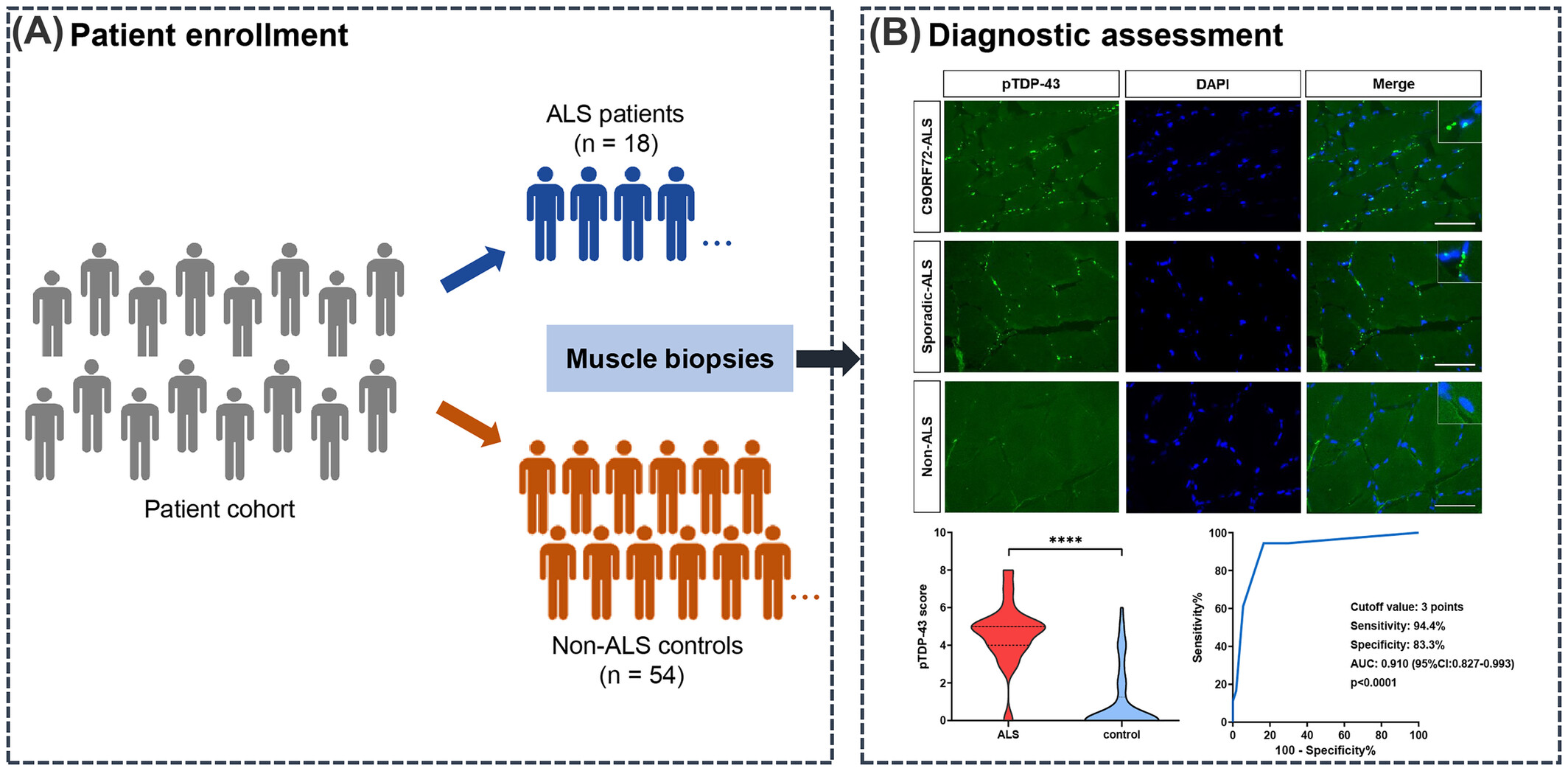
To explore whether testing pTDP-43 aggregation in muscle tissue would assist in the diagnosis of ALS, we conducted a diagnostic study in 18 ALS patients and 54 randomly matched controls from ALS and muscular disease cohorts. Our results indicated that pTDP-43 was more prone to accumulation in ALS patients, enabling differentiation between ALS and non-ALS patients with high sensitivity and specificity. Moreover, we observed that accumulation of pTDP-43 occurred in muscle tissues prior to clinical symptoms and electromyographic lesions.
A role for vessel-associated extracellular matrix proteins in multiple sclerosis pathology
- First Published: 25 April 2024
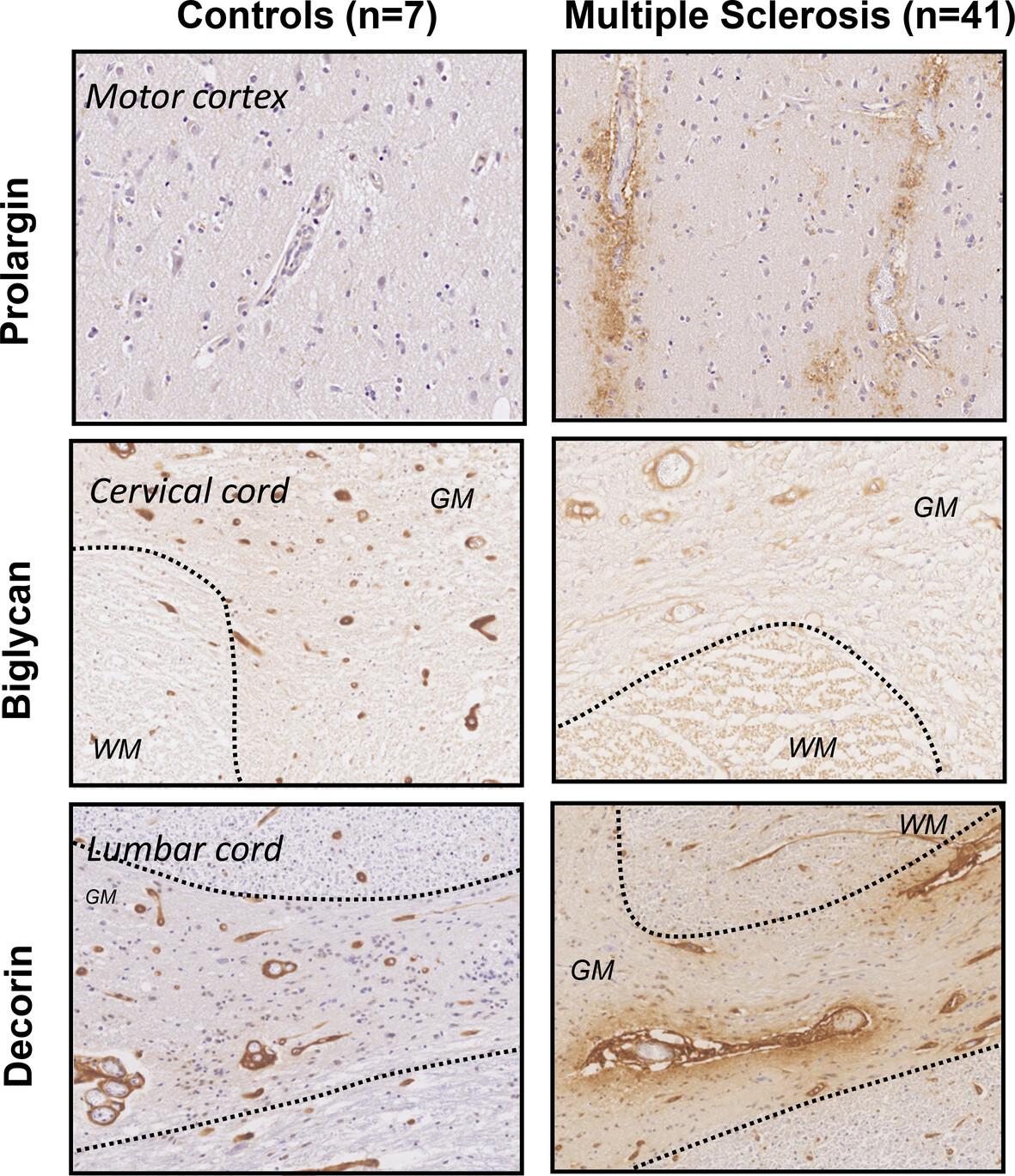
Shotgun proteomic and confirmatory immunohistochemical characterisation of post-mortem tissue showed region-specific and HLA-DRB*15 influenced alteration in extracellular matrix proteins expression between MS and controls. In particular, we shows that non-neurological controls have a perivascular-predominant expression pattern of these proteins that is disrupted in MS where instead a marked parenchymal deposition pattern is seen. Our study provides unequivocal evidence for a role of extracellular matrix proteins and the vasculature being key contributors to MS pathology within and outside the plaque area.
Fibrillar extracellular matrix produced by pericyte-like cells facilitates glioma cell dissemination
- First Published: 05 May 2024
Pathologic TDP-43 downregulates myelin gene expression in the monkey brain
- First Published: 23 May 2024
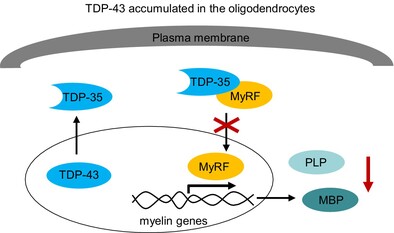
A proposed model of thedemyelination by pathological TDP-43 in oligodendrocyte. The accumulation of truncated TDP-43 inoligodendrocyte, could interact with MyRF in the cytoplasm, preventing itsnuclear localization and affecting the expression of myelin-associated genes, therefore led to the dysfunctional demyelination in corpuscallosum.
CASE IMAGE
40-Year-old man with two asynchronous spinal cord tumors
- First Published: 06 October 2024




